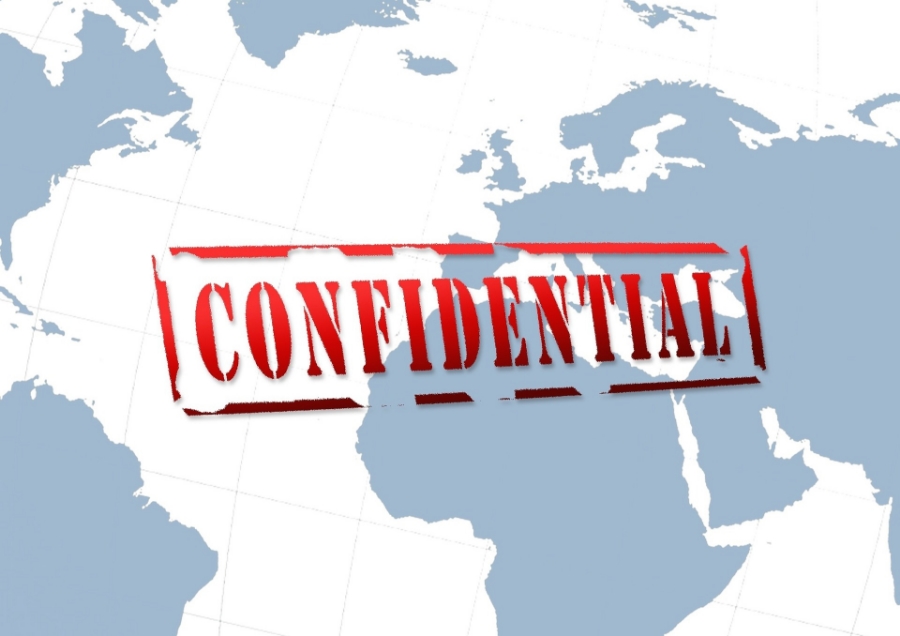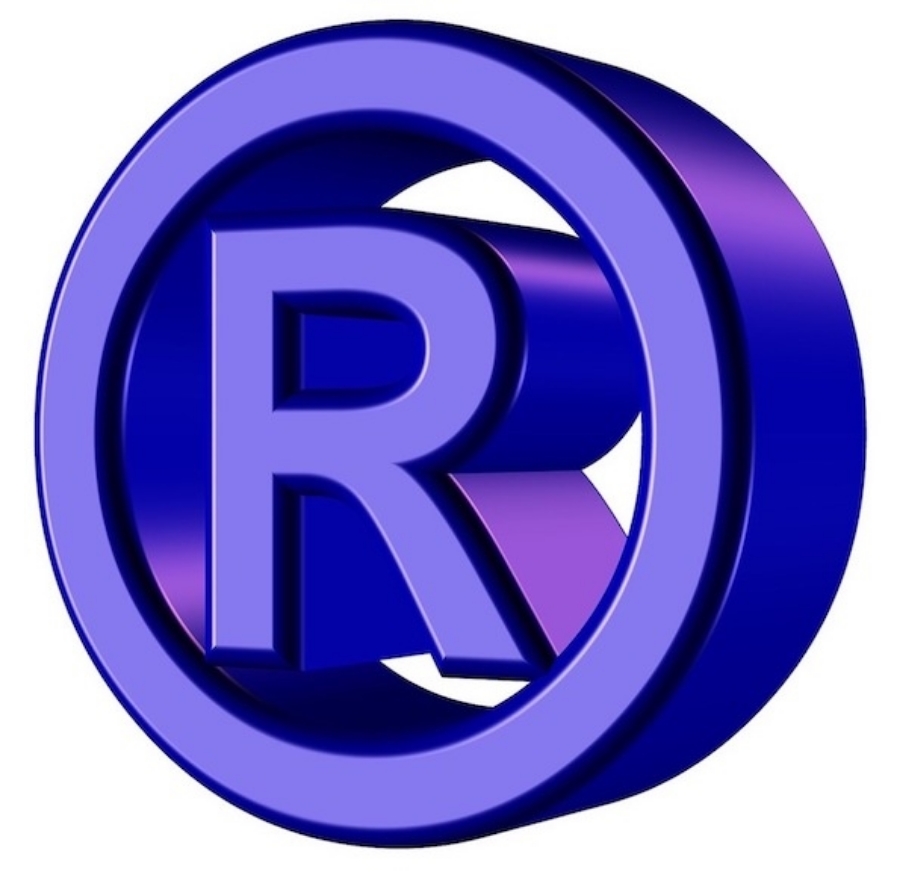The ever-increasing reliance of content producers on artificial intelligence apps to generate content for online use begs the question of what legal obligations and liability risks arise from the use of that content.
The statutory and regulatory requirements governing the use of AI to generate online content varies widely by jurisdiction. While there is no universal set of laws, certain general legal principles apply across the spectrum.
1. Copyright and Intellectual Property Rights
When an AI bot generates content, the first questions that arise are: “Where did it obtain this content? Is it original or was it derived from an existing source? If it is derivative, who holds the copyright to that material? Who should be credited as the author?”
Is the “author” the AI bot, the human who programmed or trained it, the human who provided the input data, or the human who edited or published the output? Different jurisdictions may have different criteria for determining authorship and ownership of AI-generated works, and some may not recognize AI as a legal entity or a “creator” at all.
It is important to determine whether the AI is creating “original work” or if the content is derivative of existing copyrighted material. Additionally, the use of AI to replicate copyrighted content without permission may infringe on the copyright holder’s rights.
AI-generated content may fall under the doctrine of fair use or transformative use, which allows the use of copyrighted material for purposes such as criticism, comment, news reporting, teaching, scholarship, or research. However, this is not a clear-cut rule and depends on factors such as the purpose and character of the use, the nature of the original work, the amount and substantive nature of the portion used, and the effect of that use on the potential market.
2. Liability and Accountability
AI-generated content may also entail legal risks and responsibilities for the parties involved in its creation and distribution. For example, who is liable if the AI-generated content infringes on someone’s rights, causes harm, or violates laws or regulations? How can the AI bot be held accountable for its actions and decisions? How can the human users or beneficiaries of the AI-generated content ensure its quality, accuracy, and reliability?
3. Privacy and Data Protection
AI-generated content may involve the use of personal data, such as names, images, or biographical information, to create realistic or personalized content. This could violate any number of privacy and data protection laws that regulate how personal data can be collected, processed, and shared online.
If the AI uses personal data to generate content, it must comply with data protection laws such as the General Data Protection Regulation (GDPR) in the European Union, the California Consumer Privacy Act (CCPA), the Personal Information Protection and Electronic Documents Act (PIPEDA) of Canada, and other similar regulations. These laws require obtaining consent from individuals before processing their personal data and ensuring the protection of that data.
4. Transparency and Disclosure
Depending on the jurisdiction, there may be requirements to disclose to your site visitors that content has been generated by AI, especially in cases where the content might be mistaken for human-generated content. This is particularly relevant in advertising, news articles, and other media where trust and authenticity are important.
AI-generated content may pose ethical challenges, such as opportunities to mislead or deceive the audience, harm the reputation or dignity of individuals, or undermine the credibility or diversity of information sources. From an ethical standpoint, it is important for content developers to disclose the use of AI to generate content and provide clear and accurate information about the source, purpose, and quality of the content. It’s also important to avoid creating content that is harmful, offensive, or discriminatory.
5. Consumer Protection Laws
AI-generated content must not mislead consumers. This falls under broader consumer protection laws that prohibit deceptive practices. Content that is designed to deceive or mislead users may result in legal action and penalties.
6. Liability for Harmful Content
If AI-generated content is defamatory, discriminatory, or otherwise harmful, there may be legal consequences. The entity responsible for the AI may be held liable for the content it produces, depending on the legal framework governing speech and publication in the relevant jurisdiction.
7. Accessibility
Laws such as the Americans with Disabilities Act (ADA) in the United States may require that online content, including AI-generated content, be accessible to individuals with disabilities. This includes ensuring that content is compatible with screen readers and other assistive technologies.
8. Platform-Specific Rules
Online platforms (such as X, Facebook, Instagram, etc.) have their own terms of service and/or community guidelines that govern the use of AI to generate content. These rules may go beyond legal requirements and can result in content being removed or accounts being banned for non-compliance.
9. Export Controls and Sanctions
In some cases, AI technologies are subject to export control laws and sanctions, guidelines and requirements for disclosing AI generated content.
TAKEAWAYS
Full Disclosure. Always disclose which content is AI-generated and clearly label it as such. This can be done through disclaimers or specific mentions within the content that it was generated or assisted by AI.
Quality Assurance. Regardless of whether content is AI-generated or human-written, the focus should always be on producing high-quality, original content that provides value to the audience.
Compliance with Laws and Regulations. The very nature of the worldwide web means that content on your website is accessible anywhere in the world. Be aware of any legal requirements or industry standards – both within your own jurisdiction and globally - that may apply to AI-generated content, and ensure that your content is compliant.
Image by Gerd Altmann from Pixabay
Image courtesy Pixabay.Com. Content partially researched using Microsoft Copilot AI.







